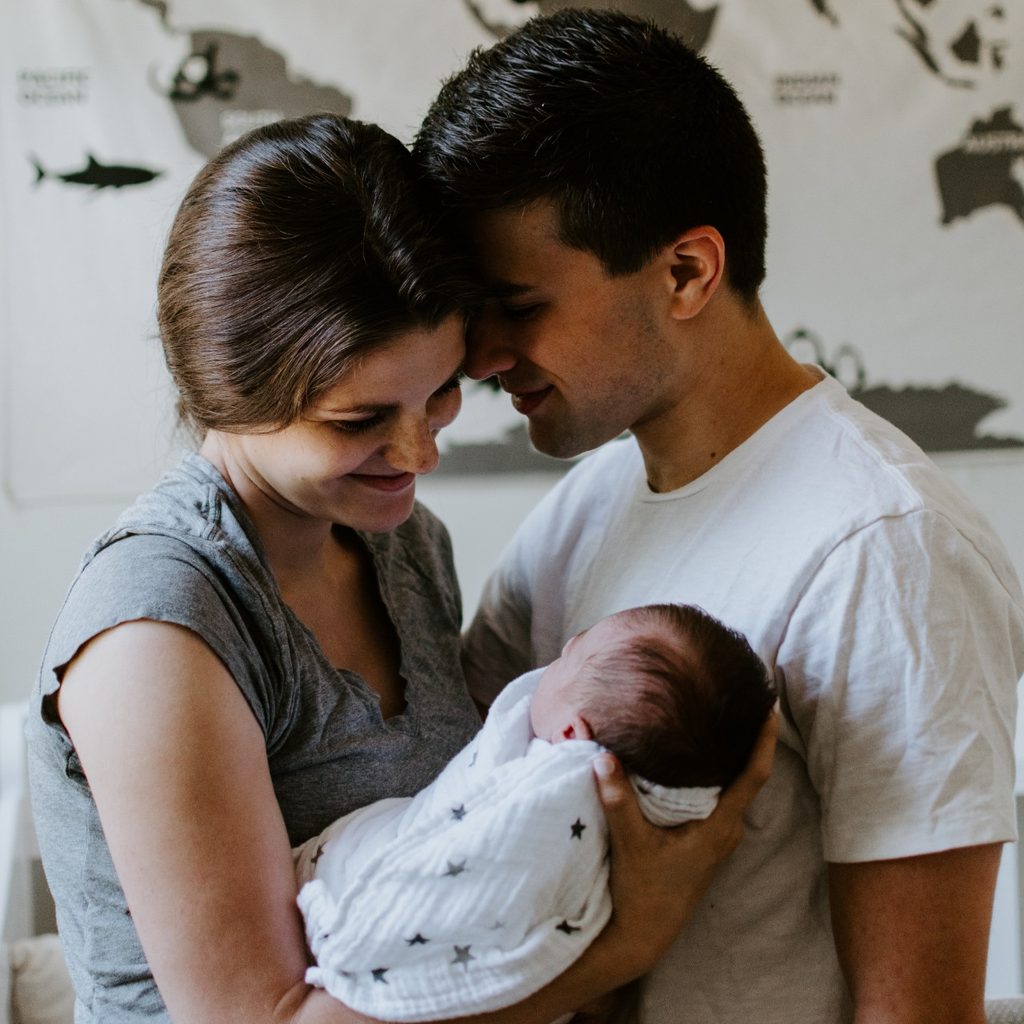Raising a bilingual baby is an amazing experience for your family. Whether you’re an expat who recently started a family or just an internationally minded individual who wants their child to connect with different cultures, teaching your baby a second language is valuable. This is a lifetime journey with many ups and downs, but no worries. Here are four awesome tips on how to have a bilingual baby.

Start with some tried-and-true bilingual teaching methods
If you’re unsure where to start, here are some established methods for teaching your child a second language from home.
• One parent, one language (OPOL): In this method, one parent teaches the child one language and one parent teaches the child another. For example, Parent 1 can teach the child the minority language while Parent 2 teaches the child the majority or community language. If the parents speak different languages and the community language, even better.
Your child can learn three languages simply from being around you. For single-parent households, this also works with grandparents, aunts, uncles, caregivers, etc. As long as your little one gets exposure to the two main languages you want them to learn, they will absorb more than you expect.
• Minority language at home (MLAH): In this case, both parents speak the minority language between each other and to the baby. This language is typically not the language spoken around the community. For instance, if you’re a Portuguese-speaking family in America, you would speak Portuguese at home and use English for when you’re out in public.
• International schools in another language: This method is a practical one if you or your family members are monolingual. Even if you don’t know the second language yourself, you can hand the reins over to educators who will teach your child in a more academic setting. Of course, you might hold off on this method until your little one is at least preschool age.
Make friends with a family who speaks the second language
Natural exposure to the second language is the best way to get your baby to learn it. If possible, befriend families who speak the language in your area. When your baby interacts with other children and adults who speak this minority language, they’ll realize they need to learn it to converse outside the home. This instills the importance of the second language in your baby’s brain as they will want to communicate effectively with their new friends.
If playmates are scarce or your second language is just not popular, try searching for a tutor or caregiver who can play with your child at least a few hours a week or more. This is also practical if your child isn’t old enough for school yet.
Introduce the language as early as possible
The earlier you introduce the second language to your baby, the better. This way, they won’t form the idea that one language is more important than the other. They’ll also be less likely to prefer the majority language even when you’re speaking to them in the minority language.
Singing songs, reading lots of books, dancing to foreign language songs, and playing games are great ways to introduce language to little ones. Babies can distinguish different languages at an early age, and they’ll soon know to speak to different people in different languages.
If they’re old enough, let them watch foreign language videos and play interactive electronic games to bolster their interest. When you keep language learning fun, they’ll learn much more naturally than adults do. Read: Rote memorization and forced repetition just won’t work on children. They learn through play, movement, and interaction.
Persevere and embrace the challenge

Throughout your baby’s language learning journey, you’ll likely face some setbacks. They might flat out stop speaking to you in their second language. They might mix up the languages when they speak (perfectly normal!). They might take a long time learning certain words and phrases.
The best thing to do is to keep pushing, make lessons fun, and keep in mind that this second language is not going to make or break their future. You’ve already put them ahead of the curve by introducing a second language, so even if they fall behind on some lessons, they’re actually still very much advanced.
Seek advice from families who might be in the same boat or who’ve walked the walk. From there, you can learn more methods and more language hacks you can try at home. If one approach doesn’t work, you can always try another.
So, there you have it. We hope these four great tips for raising a bilingual baby help calm any anxiety about language learning. This isn’t a one-and-done deal like teaching your child how to ride a bike. It’s a continuous journey you’ll be glad you set out on. When your little one can hold a conversation in their second language, you’ll be grateful you persevered through every challenge.


